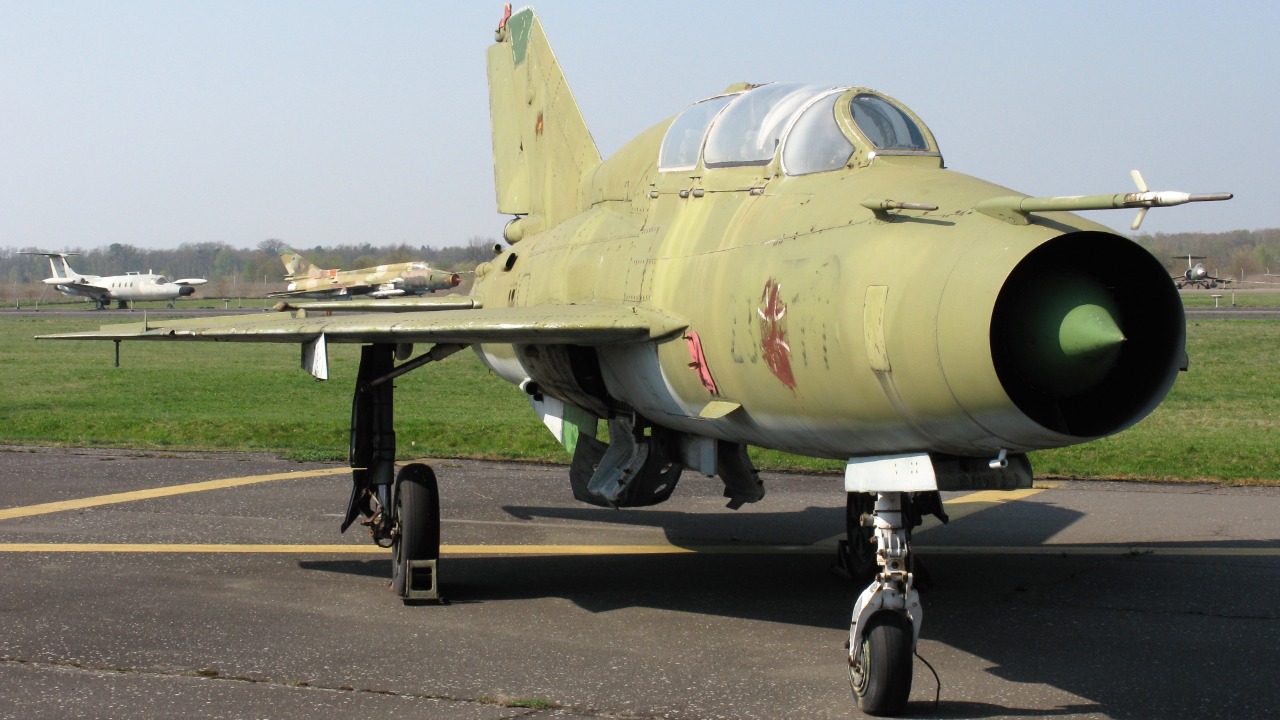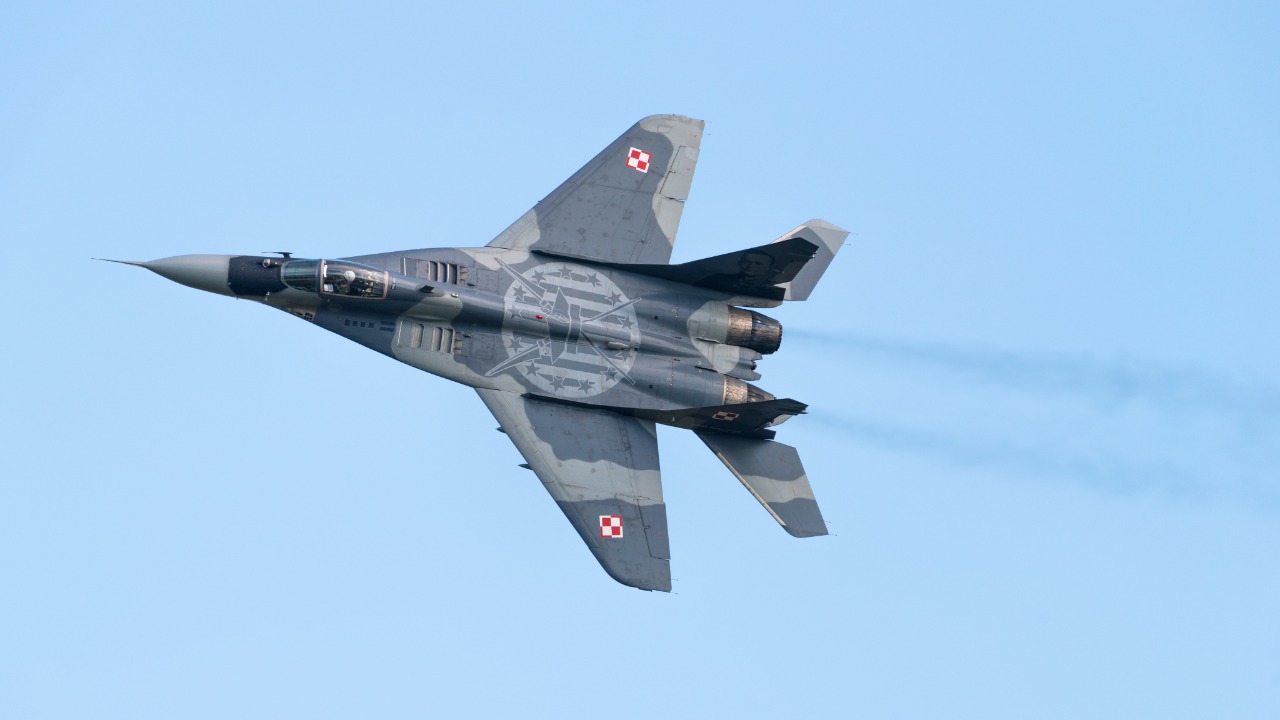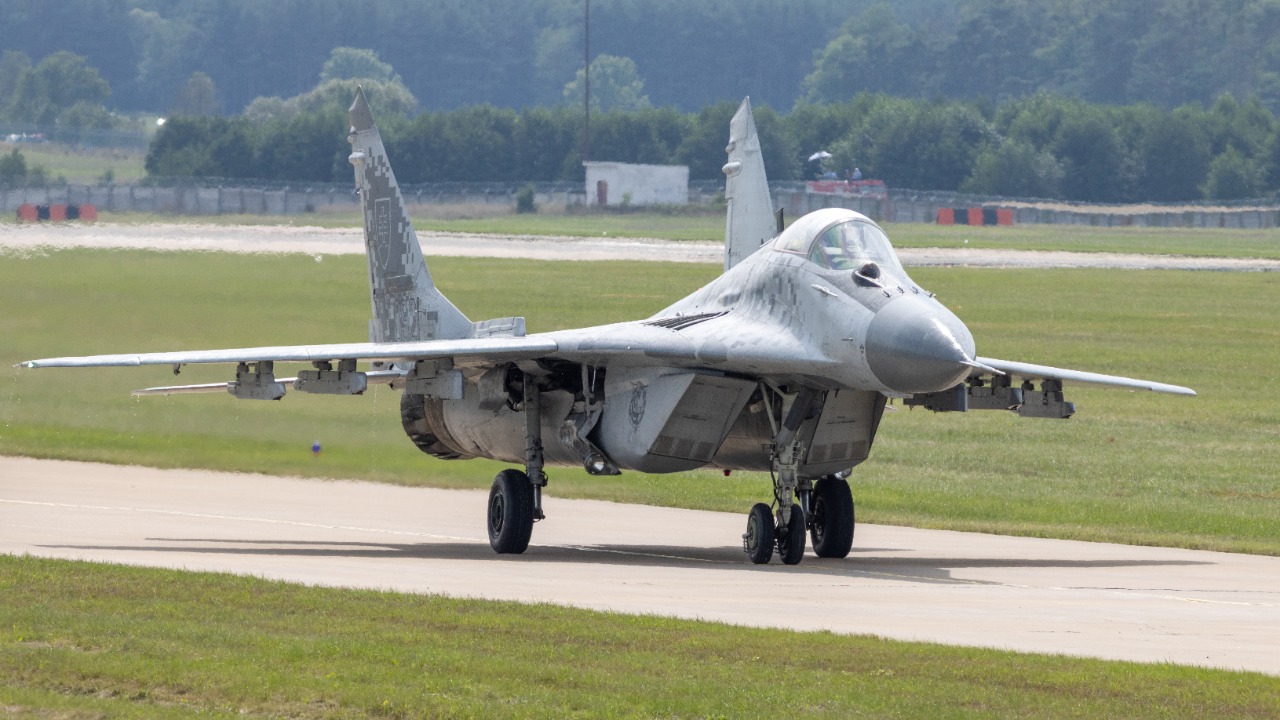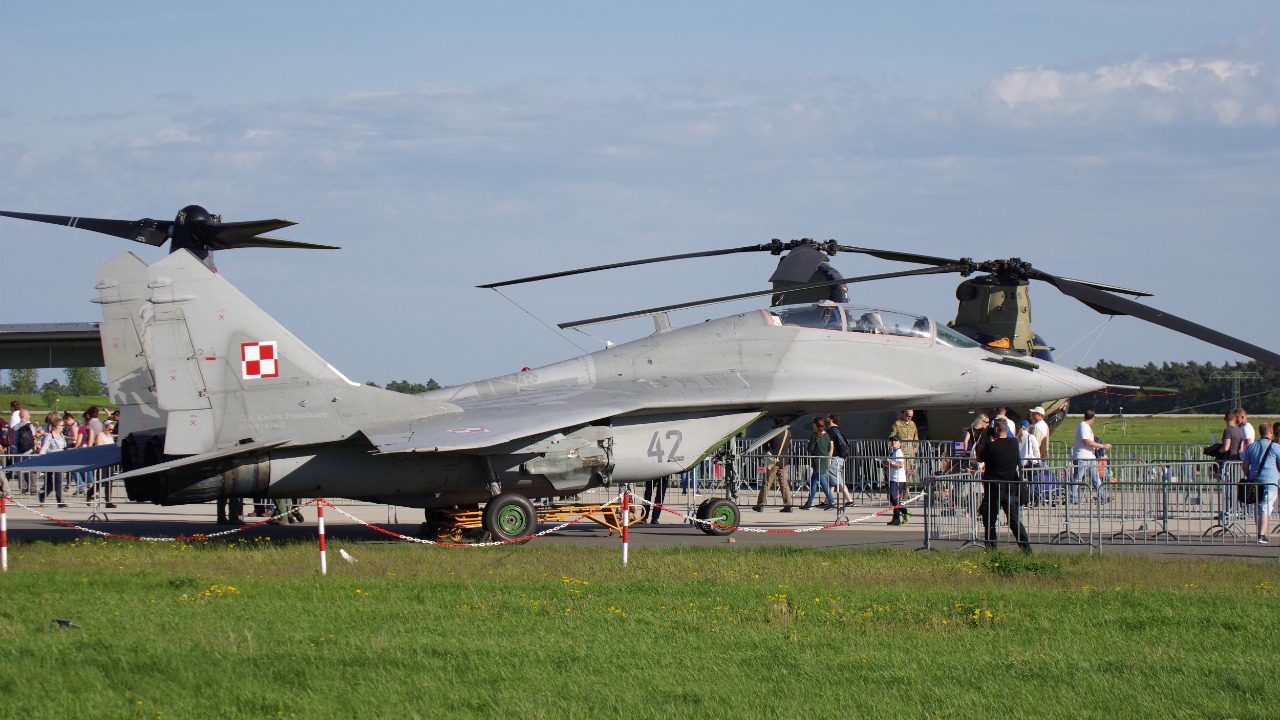
In the high-octane world of “Top Gun,” the fictional MiG-28 jet is as much a star as its pilot, Maverick. The MiG-28, despite being a product of Hollywood fiction, captivates audiences with its portrayal as a formidable antagonist. This article delves into the creation and significance of the MiG-28, examining its role in the film and its lasting legacy in popular culture.
Origins of the MiG-28 Concept

The concept of the MiG-28 emerged during a time when Cold War tensions were at their peak, providing a backdrop rich with intrigue and conflict. In the 1980s, Soviet-American relations were characterized by an arms race and a constant battle for supremacy in the skies. Real-world geopolitical dynamics influenced the decision to create a fictional adversary aircraft for “Top Gun,” allowing the filmmakers to sidestep any direct political implications of using a real Soviet aircraft. This choice also offered creative freedom to craft a jet that would suit the narrative needs of the film.
The decision to invent a non-existent jet rather than utilize an actual Soviet model was strategic. Using a real aircraft like the MiG-29 could have risked alienating audiences or triggering political sensitivities. Moreover, the filmmakers wanted an aircraft that would embody the mystique and threat associated with the Soviet Union, without being limited by the specifications of an existing jet. The design of the MiG-28 took inspiration from cutting-edge aviation technology of the era, incorporating elements that would make it appear both modern and menacing on screen.
Design and Characteristics of the MiG-28

The MiG-28’s visual design was crafted to leave a lasting impression. Its stark black paint job set it apart from the U.S. Navy’s gray-colored aircraft, immediately signaling its role as the antagonist. The jet’s sleek lines and aggressive profile were designed to evoke a sense of speed and power, necessary for an adversary that could realistically challenge Maverick and his fellow pilots. The MiG-28’s fictional specifications included advanced maneuverability and speed, traits that emphasized its threat in aerial dogfights.
When comparing the MiG-28 to real fighter jets, the filmmakers drew heavily from existing designs. The MiG-28 was portrayed using the Northrop F-5, a real aircraft known for its agility and performance. This choice was practical, leveraging the F-5’s capabilities to simulate the MiG-28’s fictional attributes. The similarities between the F-5 and the MiG-28 were intentional, offering audiences a sense of realism while maintaining the illusion of a new, formidable enemy. This melding of reality and fiction added depth to the film’s aerial sequences, enhancing the authenticity of the on-screen battles.
Role and Impact in ‘Top Gun’

The MiG-28 served as a critical plot device in “Top Gun,” heightening the film’s tension and excitement. As the primary antagonist, the jet symbolized the broader Cold War conflict, providing a tangible enemy for Maverick to confront. The aerial confrontations between Maverick and the MiG-28 were central to the film’s narrative, showcasing the skill and bravery required to face such a formidable opponent. The jet’s presence elevated the stakes, turning routine training missions into high-risk encounters that captivated audiences.
Beyond its role in the film’s plot, the MiG-28 contributed to the portrayal of Cold War-era aerial combat, emphasizing the strategic and psychological elements of dogfighting. The jet’s fictional attributes, combined with the film’s dynamic cinematography, created a sense of authenticity that resonated with viewers. Audience reception of the MiG-28 was overwhelmingly positive, contributing to the film’s success and establishing it as a cultural touchstone. The MiG-28 has since become an iconic element of “Top Gun,” remembered for its role in shaping the film’s exhilarating action sequences.
Behind-the-Scenes Insights

Bringing the MiG-28 to life on screen involved a myriad of production challenges and creative decisions. Filmmakers had to balance the technical demands of aerial cinematography with the narrative needs of the story. Practical effects were heavily utilized to capture the intensity of the dogfights, with real jets performing complex maneuvers to simulate the MiG-28’s fictional capabilities. The use of the F-5 as a stand-in for the MiG-28 required careful coordination and planning, as the film’s crew worked to ensure that the jet’s portrayal was both believable and engaging.
Interviews with the cast and crew reveal the dedication involved in crafting the film’s aerial sequences. Actors, including Tom Cruise, underwent extensive flight training to accurately portray their roles as elite pilots. The commitment to realism extended to the depiction of the MiG-28, with filmmakers striving to create a jet that felt authentic despite its fictional origins. Anecdotes from the set highlight the challenges of filming in the air, where unpredictable weather and technical limitations added layers of complexity to the production process.
The MiG-28’s Place in Aviation and Film History

The MiG-28’s lasting legacy as one of cinema’s most iconic fictional aircraft is a testament to its impact on both aviation and film history. Its design and role in “Top Gun” set a new standard for the portrayal of military jets in Hollywood, influencing subsequent aviation films. The jet’s depiction as a sleek, powerful adversary inspired filmmakers to explore similar themes of aerial combat and rivalry in their work.
Beyond its cinematic influence, the MiG-28 played a role in shaping public perception of military aviation during the 1980s. The film’s depiction of the jet contributed to the mystique surrounding Soviet aircraft, reinforcing the image of the Cold War as a battle of technological supremacy. The MiG-28 remains a cultural touchstone, remembered for its contribution to one of the most iconic films of the era. Its enduring appeal lies in the perfect blend of fiction and reality, capturing the imagination of audiences and solidifying its place in the annals of film history.